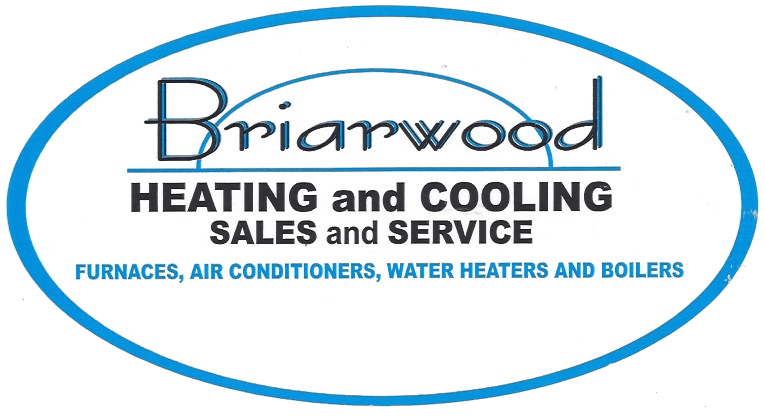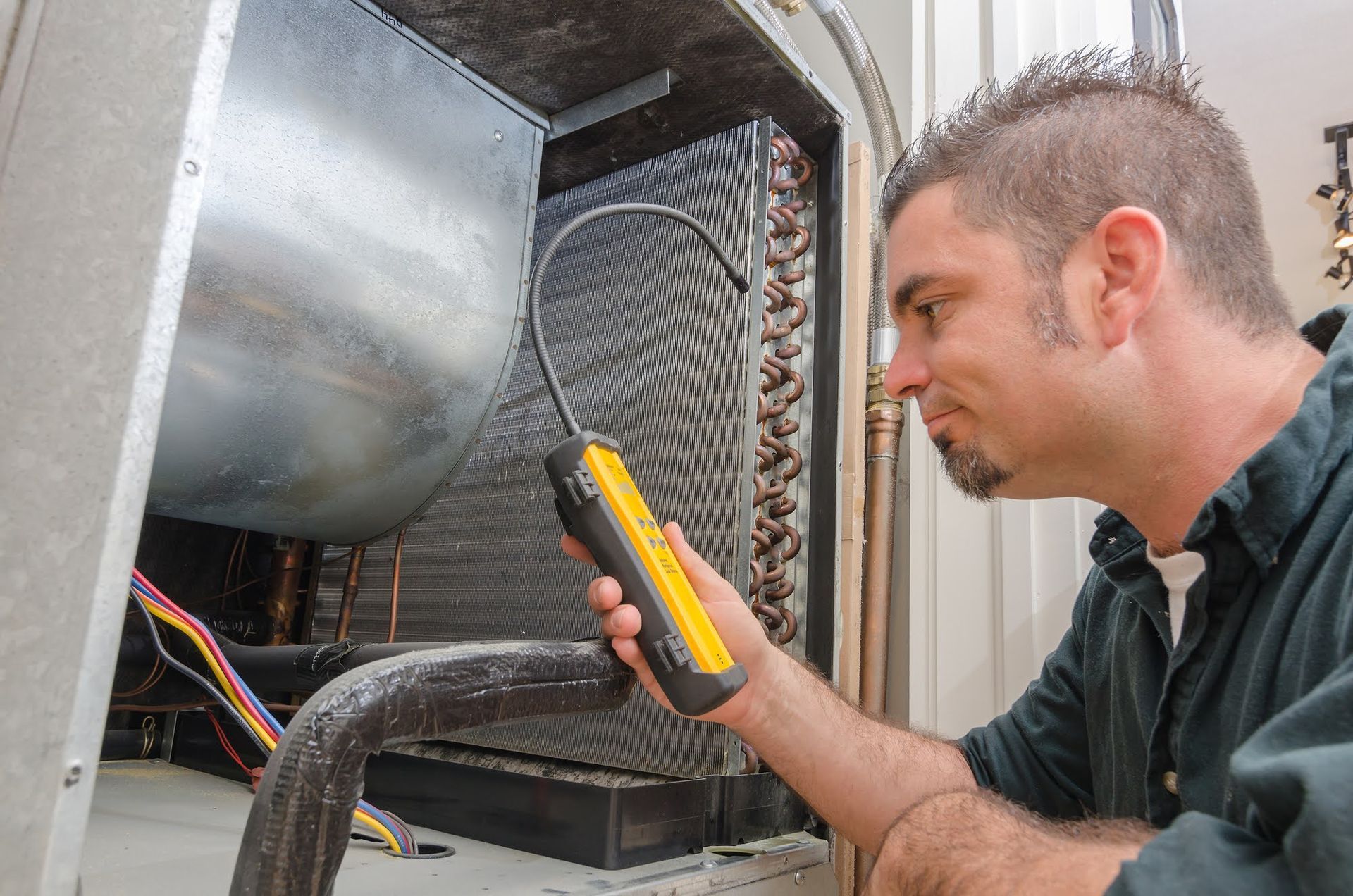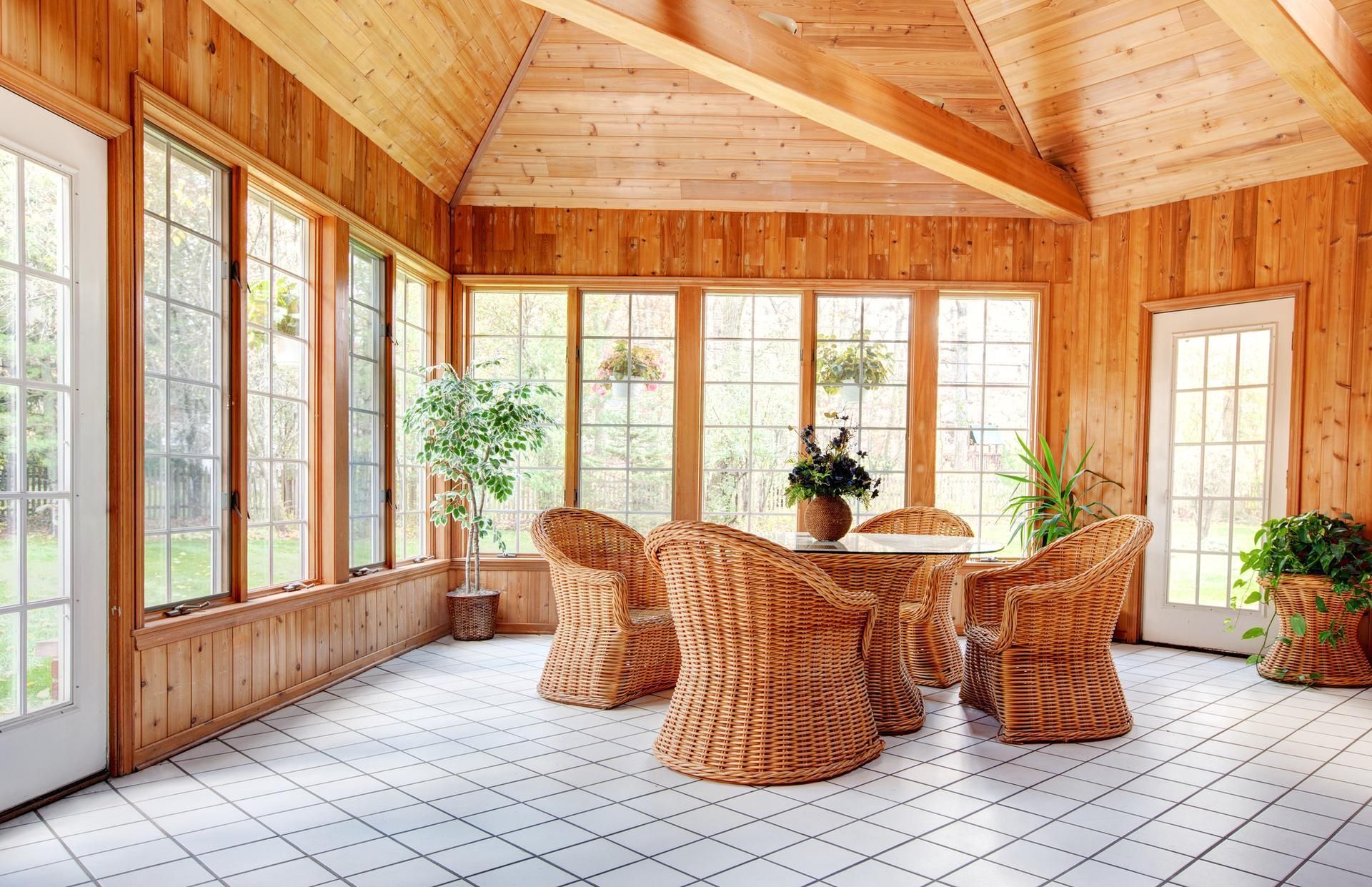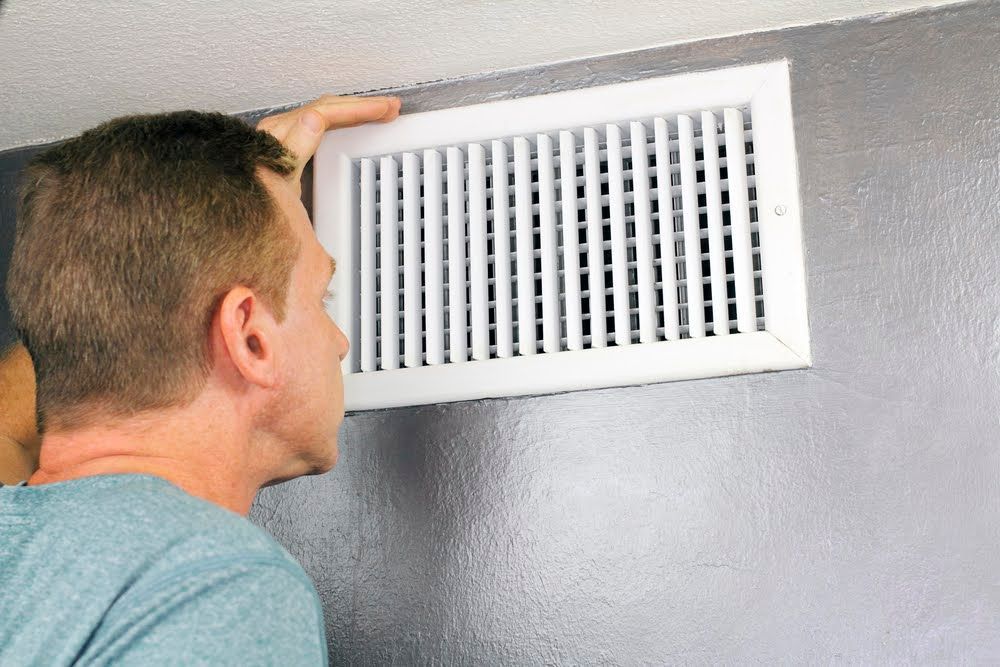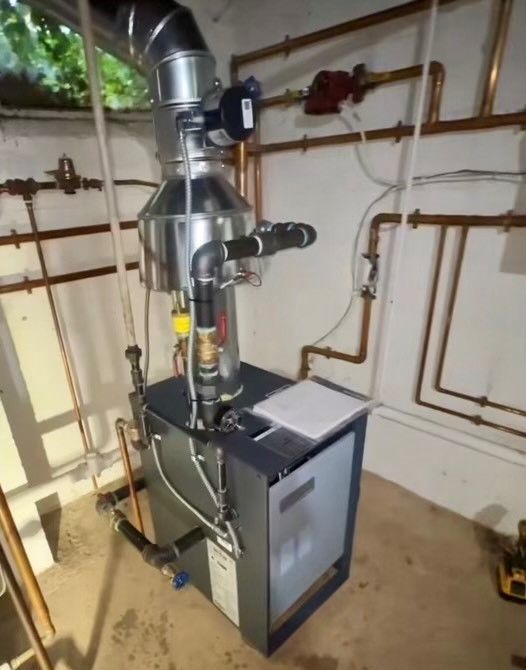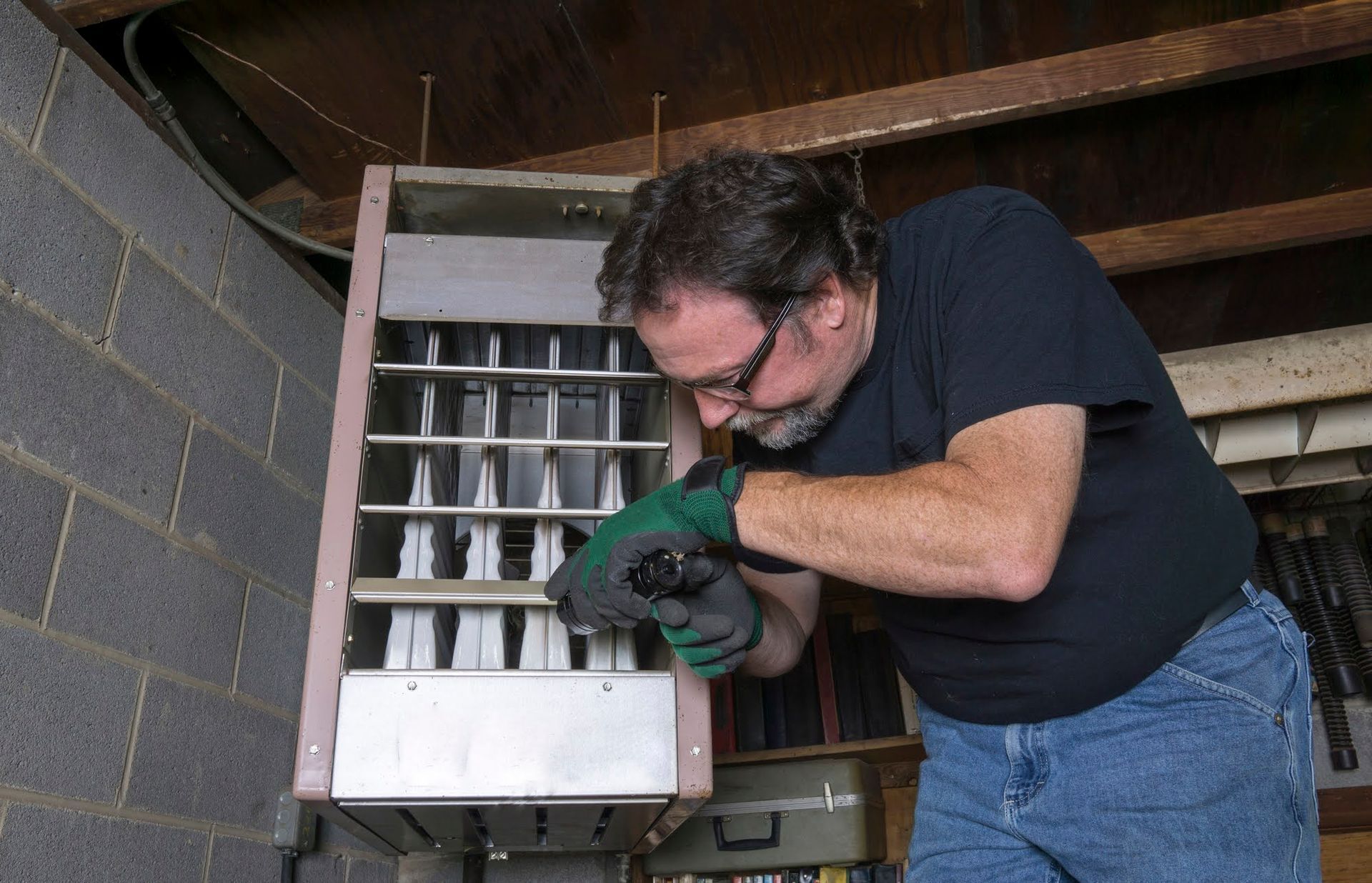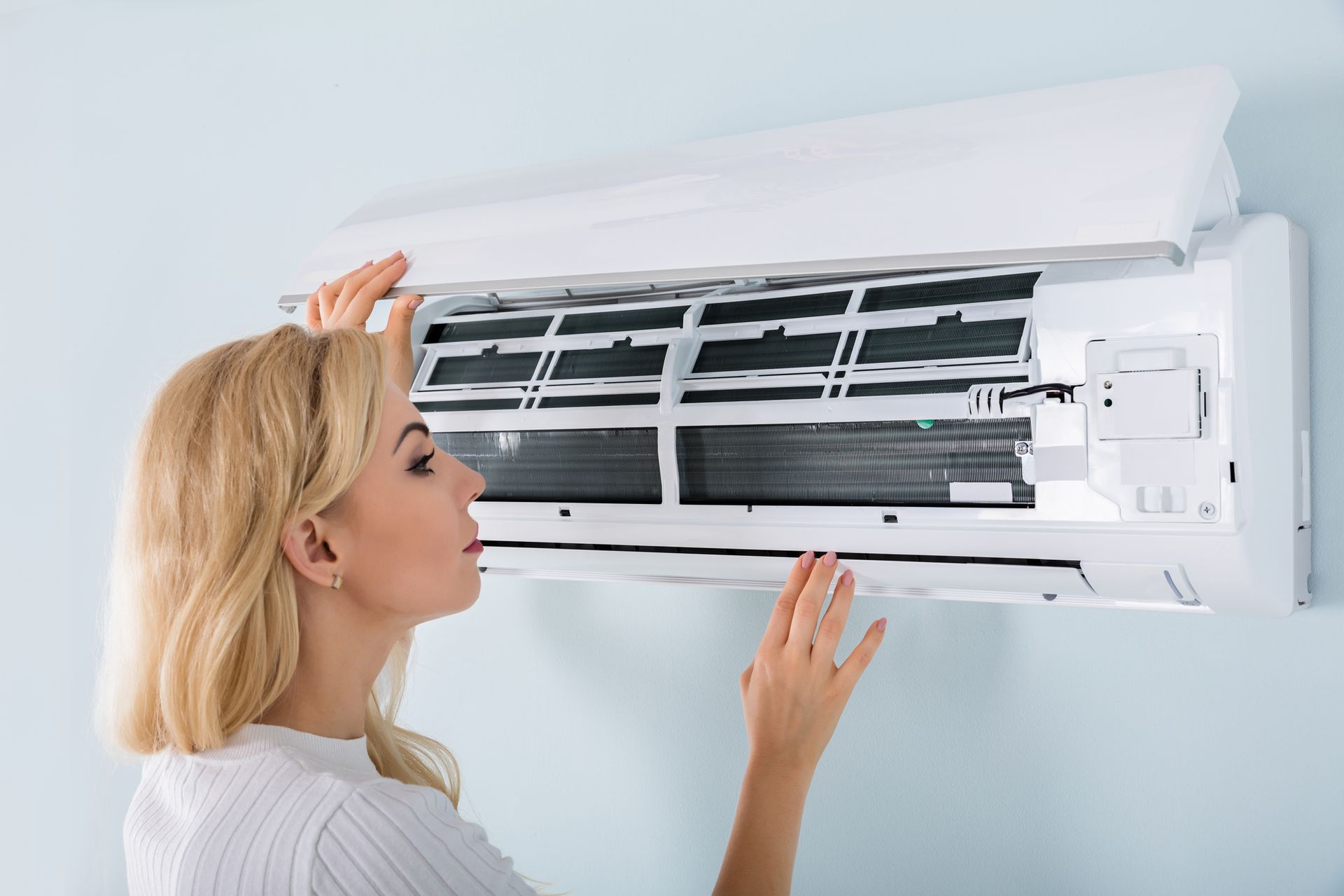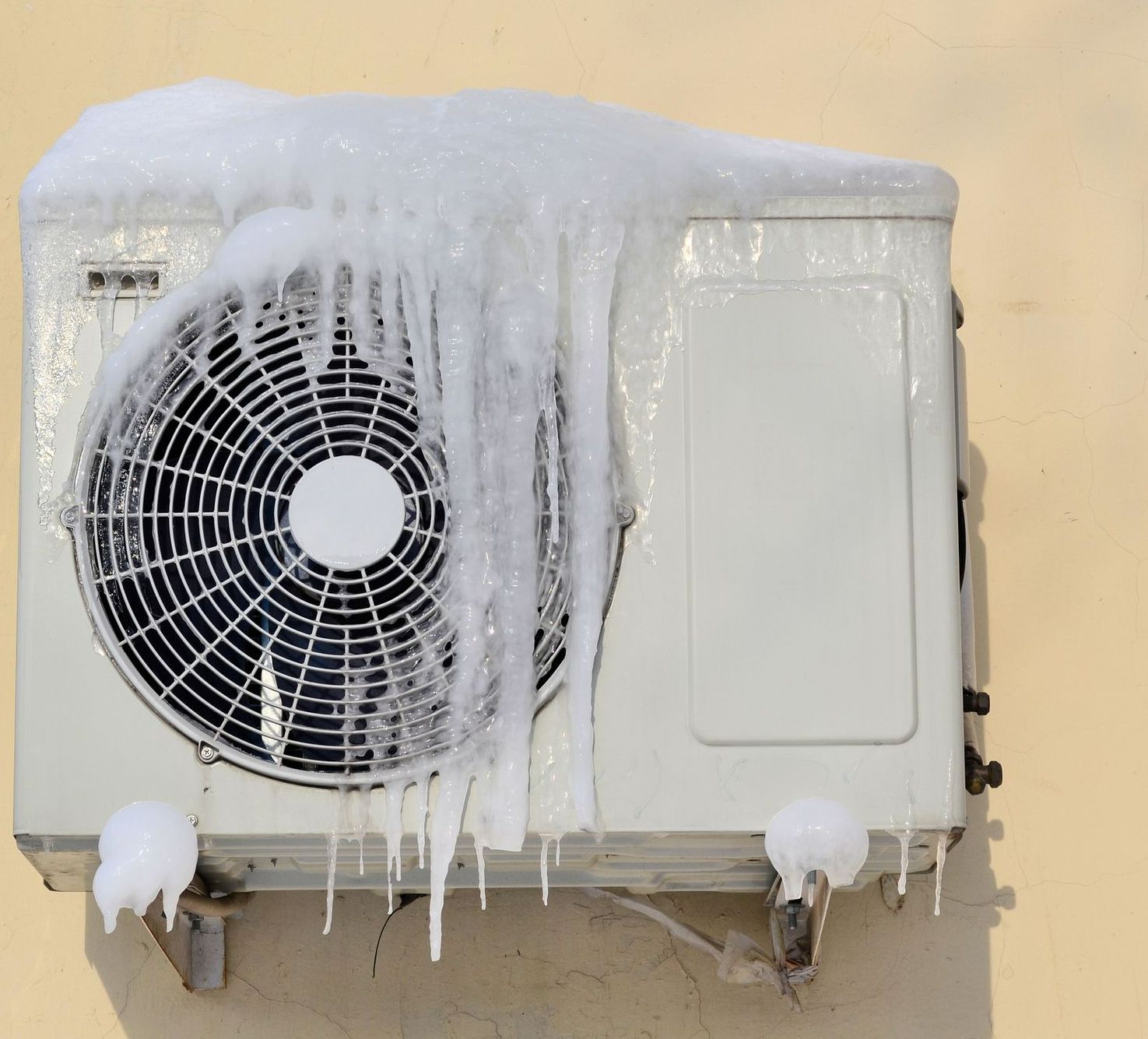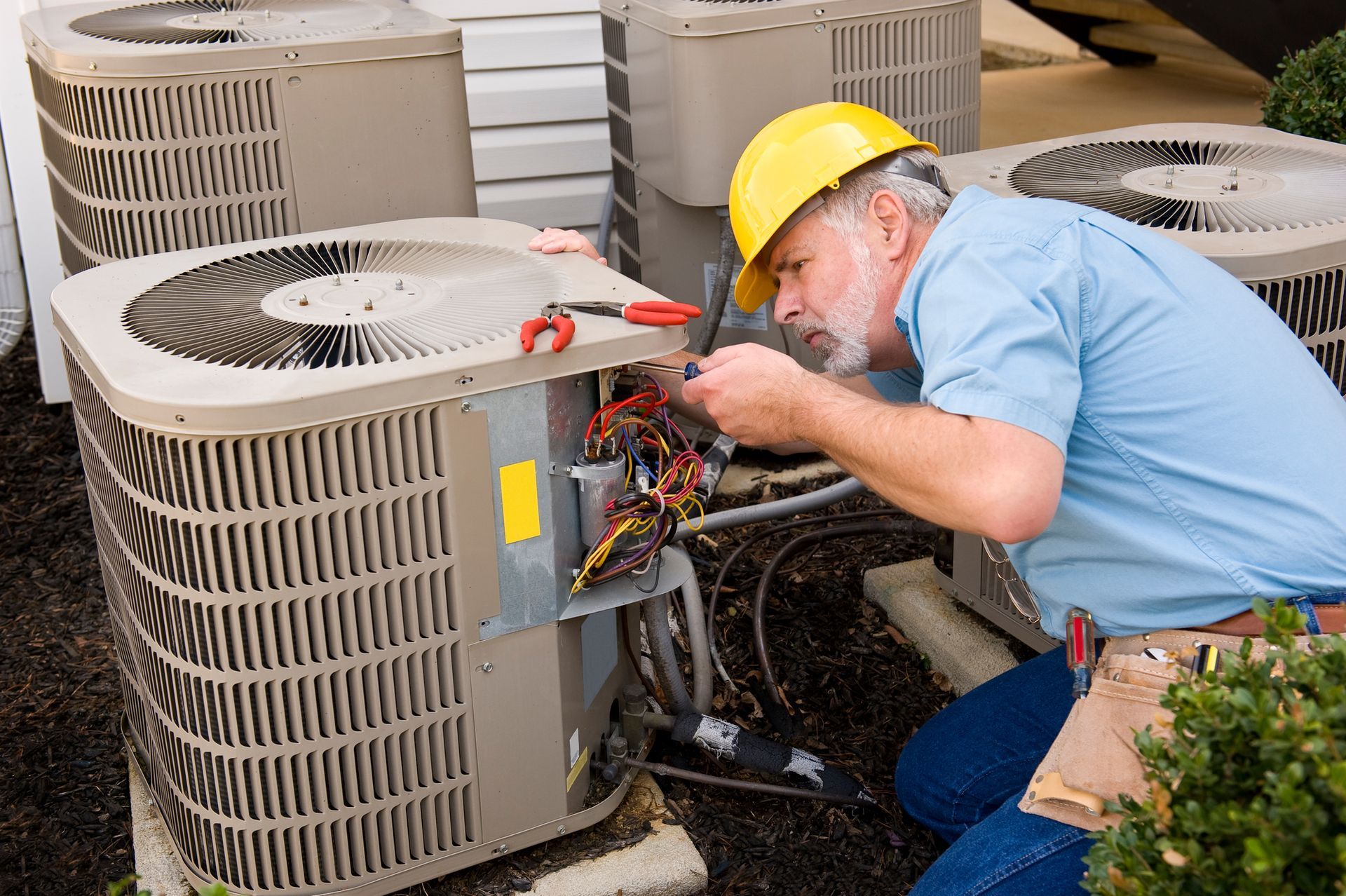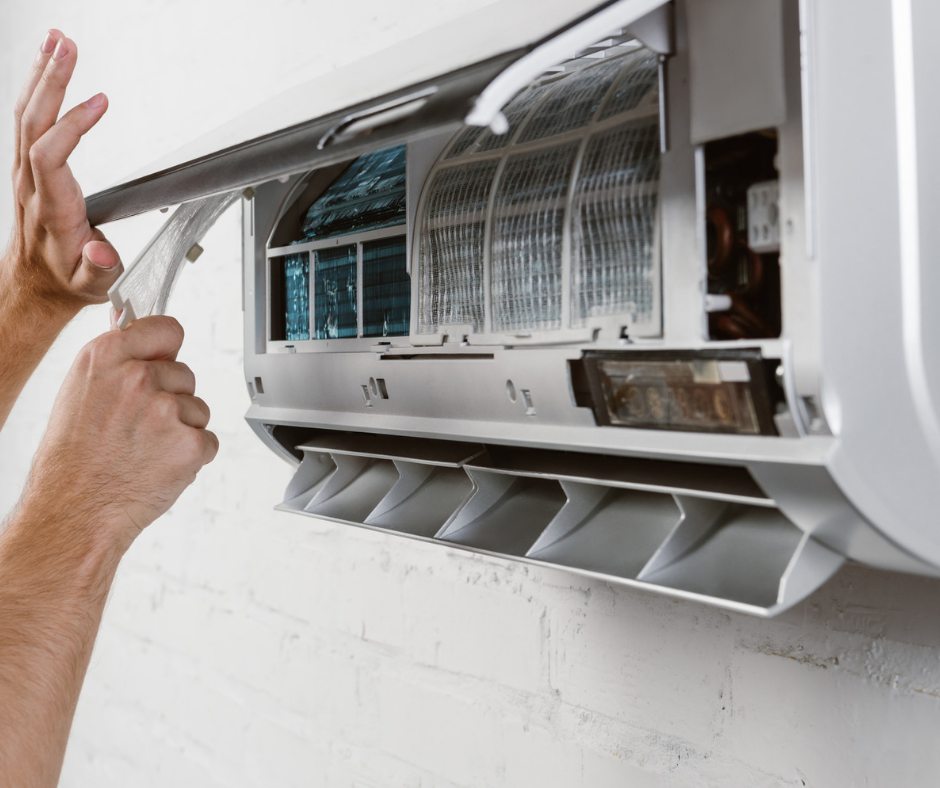An Overview of the Major Forms of HVAC Ductwork
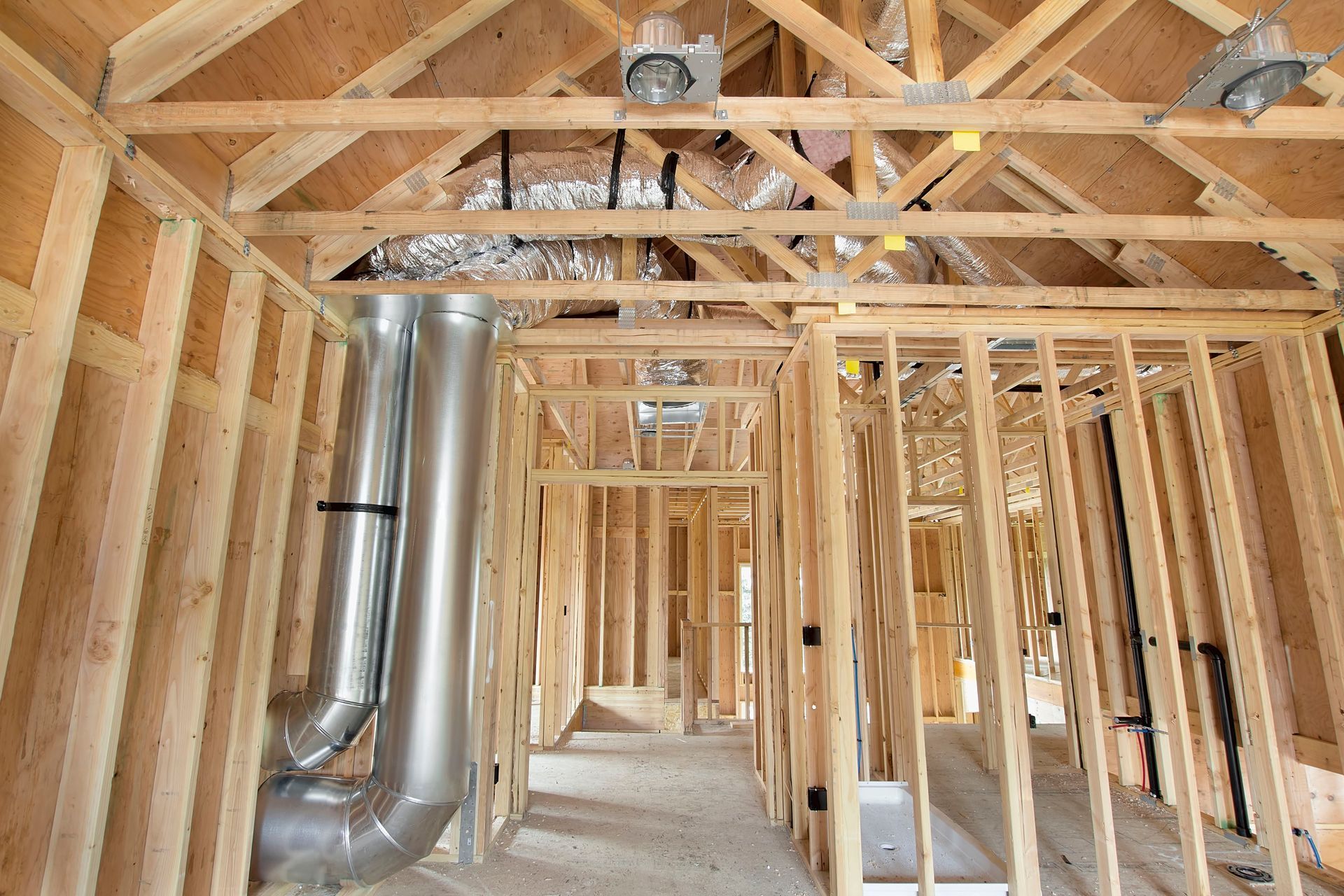
Supply ductwork allows air to enter different house parts, while return ductwork gets air back to the HVAC for heating or cooling. Both ductwork variations are critical to your HVAC performance. For example, inefficient ductwork wastes significant energy. Below are the common ductwork forms your contractor may mention during system design or renovation.
Rigid Ductwork
Rigid duct materials do not bend or change shape easily, meaning they do not deform easily. Another advantage is that rigid duct materials do not puncture or tear easily, and duct punctures or tears can lead to air leakages and inefficient cooling.
Below are the main forms of rigid ductwork:
Sheet Metal
Galvanized steel and aluminum are common materials for rigid ductwork. The material is relatively inexpensive too. Here are further advantages of metal ductwork:
- They are easy to clean.
- They are easy to install due to their lightweight nature.
- Their non-porous surfaces discourage mold growth.
- They are relatively durable.
Metal ductwork is easy to clean but attracts dust so ensure you clean yours regularly.
Fiberglass
Fiberglass is a mixture of glass fibers and resin. The core material of fiberglass ductwork is metal, as is the case with metal ductwork. However, fiberglass material lines the metal as an insulation layer. Here are some benefits of fiberglass ductwork:
- They are relatively silent compared to metal ductwork.
- They are relatively energy efficient due to the fiberglass lining that absorbs sound.
- They are resistant to condensation.
The silent nature of fiberglass ductwork makes them excellent for use in buildings where noise is unwanted. For example, fiberglass ductwork is common in commercial buildings where noise is not required.
Don't forget to clean your fiberglass ductwork regularly to reduce the risk of mold growth.
Fiberboard
Fiberglass is the main material for fiberboard ductwork. The duct is essentially fiberglass with a foil laminate covering. The foil covering protects the fiberglass from moisture absorption and damage. Below are some benefits of fiberboard ducts:
- They are relatively inexpensive.
- They minimize heat loss or gain since fiberglass is an insulation material.
- They minimize HVAC noise since fiberglass absorbs sound.
Note that HVAC contractors discourage fiberboard ductwork in humid areas. The combination of fiberboard and high humidity encourages mold growth.
Flexible Ductwork
Flexible ductwork easily bends without damage. Flexible ductwork is primarily a wire coil inside durable plastic, and the insulation layer—which can be different materials—prevents heat transfer between the air inside and outside the ductwork.
Flexible ductwork has several advantages that make it attractive to homeowners. First, flexible ductwork installation is relatively affordable; the material is inexpensive, and installing it is easy. Contractors won't have difficulty installing the ductwork in tight spaces as they would with rigid ductwork, which leads to fast installation times.
Secondly, flexible ductwork does not contaminate the air flowing through it like some rigid duct materials. The duct material, primarily plastic, is resistant to mold and rust that often foul indoor air. In short, your flexible duct will likely stay clean and avoid fouling your indoor air for a long time.
Semi-rigid Ductwork
Rigid and flexible are the main forms of ductwork, but you can also get semi-rigid ones. For example, HVAC manufacturers can fashion aluminum into thin sheets that are a bit flexible.
Semi-rigid ductwork is great for those who want the best of both worlds—rigid and flexible ductwork. For example, installers can work with semi-rigid ductwork in tight spaces, but it is still durable since it's metal.
Briarwood Heating & Cooling has years of HVAC experience. Our skilled technicians install, service, and repair your HVAC system and get your home comfortable. Contact us for a quote and enjoy our professional services.
Find Us on Social Media
Phone:
248-299-8126
